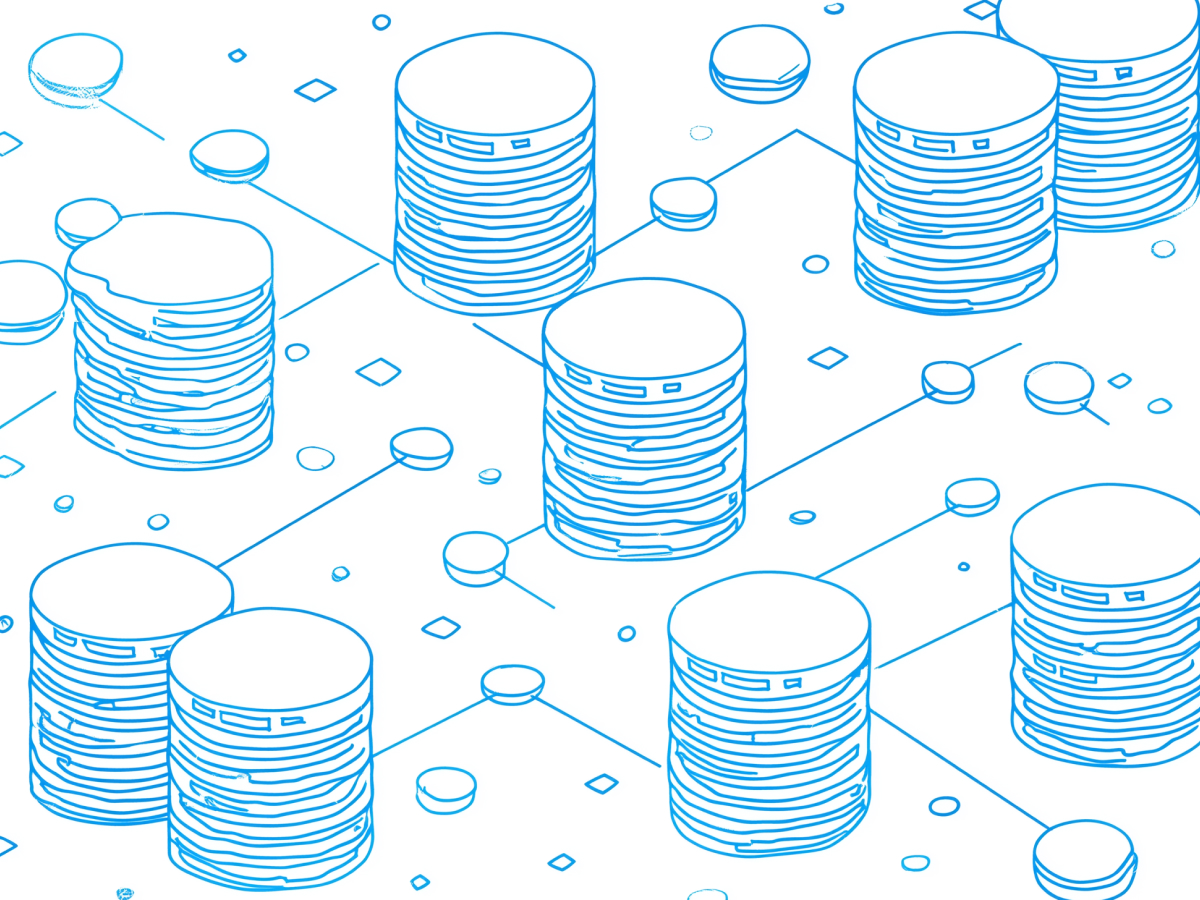Generative AI as a tool to improve Kubernetes operations
Kubernetes has huge influence over modern IT systems, orchestrating the vast ocean of containers that power today’s digital ecosystems. But let’s be honest, it’s complex. Scaling Kubernetes efficiently is like tuning a high-performance engine: it’s rewarding when done right, but the complexity can leave even seasoned engineers scratching their heads. Generative AI offers a new solution to this operational friction.
Imagine replacing hours of manual debugging and configuration with a system that can automatically analyze the issue, correlate metrics, and provide you with actionable insights. That’s what narrow, domain-specific AI models are bringing to the table. Unlike broad models that often misfire with irrelevant or overly general recommendations, these tailored systems minimize errors, what we call hallucinations in AI, and provide laser-focused results.
Tools like Komodor’s KlaudiaAI and K8sGPT are leading the way. They bridge the gap between engineers and the complexity of Kubernetes by correlating data points like logs and metrics to pinpoint issues and suggest specific fixes. For example, when a pod crashes, instead of digging through a labyrinth of logs, engineers can use KlaudiaAI to trace the issue to an API rate limit and resolve it within minutes.
And here’s the kicker: Kubernetes is everywhere. According to the CNCF’s 2023 survey, 84% of organizations are using or evaluating Kubernetes. Generative AI is poised to turn this widespread adoption into operational excellence by cutting down toil and letting engineers focus on innovation, not firefighting.
The superiority of narrow AI models
Generic large language models (LLMs) like GPT or Claude are phenomenal at general tasks, but ask them to troubleshoot Kubernetes-specific problems, and they become misaligned and ineffective. Narrow AI models, however, are the precision tools needed for this job.
These models are trained exclusively on Kubernetes-specific datasets, think historical logs, real-world incident data, and operational metrics. Fine-tuning means they excel at diagnosing root causes and recommending targeted solutions. For instance, Komodor’s KlaudiaAI flags a problem, identifies the root cause, whether it’s an API rate limit or misconfigured resource requests, and delivers a precise plan of action.
Accuracy comes with a trade-off. KlaudiaAI’s iterative investigation process might take 20 seconds to respond, longer than broad models, but this delay is a small price to pay for reliability. It makes sure every step of the diagnosis is thoroughly vetted, leaving little room for error.
The importance of this precision becomes clear when you consider the common pitfalls in Kubernetes management. According to PerfectScale, misconfigurations like improper memory allocation and unoptimized CPU requests are among the top challenges threatening Kubernetes reliability. Narrow AI models address these issues head-on, turning complexity into clarity.
Industry-wide adoption of AI tools
The AI revolution in Kubernetes management is well underway. Companies and open-source projects alike are diving in, creating tools that make Kubernetes easier to manage and scale.
- Komodor’s KlaudiaAI: Focused on root cause analysis and remediation, this tool transforms how engineers troubleshoot Kubernetes issues by correlating metrics and logs to actionable insights.
- Robusta: Acts as a copilot, helping with incident resolution and alerting engineers to potential issues before they escalate.
- Cast AI: Uses generative AI to auto-scale Kubernetes infrastructure, cutting down operational expenses while maintaining performance.
- K8sGPT: An open-source tool offering Kubernetes-specific diagnostics in plain English, making complex systems accessible to a wider range of users.
Cloud giants are also in the game:
- AWS Chatbot: Delivers alerts and diagnostics for Elastic Kubernetes Service (EKS) workloads.
- Google’s Gemini AI: While not specifically designed for Kubernetes, it supports broader cloud workloads and integrates with Google Kubernetes Engine (GKE), which is optimized for AI/ML tasks.
Despite the buzz, most enterprise-focused AI tools are still generalists. For true innovation, the industry needs more Kubernetes-specific solutions to tackle its unique challenges.
The experimental nature of generative AI
Generative AI isn’t fully baked yet when it comes to Kubernetes management. But the trajectory is clear. In hybrid human-in-the-loop setups, these systems are already reducing manual toil, helping engineers diagnose issues, address misconfigurations, and resolve network problems faster and more efficiently.
Itiel Schwartz, CTO of Komodor, underscores this, acknowledging that generative AI in Kubernetes is experimental but rapidly growing. New tools assist engineers rather than replacing them and that’s a good thing as engineers still need to make judgment calls for key systems.
Key takeaways
Kubernetes is the infrastructure layer for modern IT, but its complexity can be a stumbling block. From setting memory limits to optimizing resource allocation, the challenges are real and widespread. Generative AI has the potential to simplify these pain points, turning Kubernetes into a more accessible and efficient platform.
Failed deployments? AI tools can identify the root cause and provide remediation steps in minutes. Unoptimized resource usage? Generative AI can auto-scale infrastructure, ensuring you’re not overpaying for cloud resources you don’t need.
The CNCF’s 2023 survey highlights just how key Kubernetes has become, with 84% of respondents using or evaluating it. But it also shows the barriers to full adoption, like security and monitoring. In addressing these challenges, generative AI can transform Kubernetes from a powerful but complex tool into a smooth, intuitive backbone for cloud-native organizations.
Generative AI is set to be the ultimate efficiency booster. Kubernetes might be complex, but with the right AI, complexity becomes an opportunity instead of a challenge.





